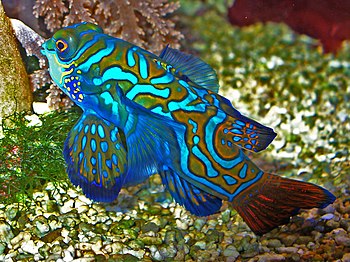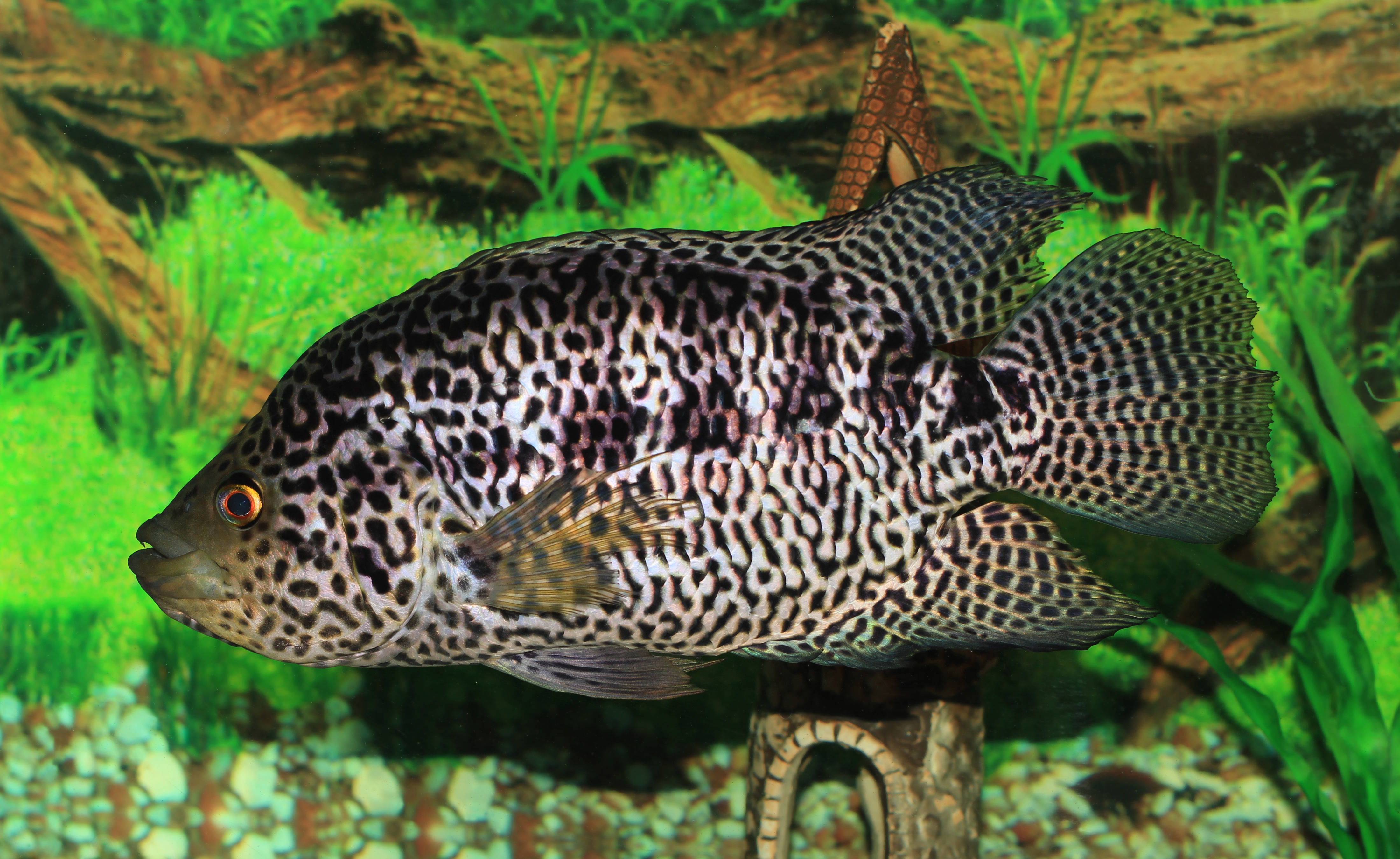 |
| Synchiropus splendidus, Callionymidae, Mandarin Dragonet; (Photo credit: Wikipedia) |
They are given the scientific name Synchiropus Splendidus, probably after the splendid array of colors present on this peaceful and shy fish. They are collected in huge numbers around the Indo-Pacific and are a common sight at most marine aquarium shops around the world.
They are breathtakingly beautiful and have committed the crime of being beautiful and plentiful both at the same time, which is why so many of them are collected every month. As a hobbyist that has had vast experience in the field of marine aquariums, I can safely say that over 95% of these lovely fish die a premature death. And why? Because of their diet.
They require a steady diet of live copepods and similar creatures to live a healthy life in captivity. They are also hard to get on prepared foods like brine or mysis shrimp. Even if you manage to get them to eat frozen foods, there is no way they can compete with their tank mates as they are extremely slow eaters.
Too many times have I seen tanks upon tanks holding hundreds of them ready for export with the knowledge that almost none of them will make it. The price of a specimen? All too low due to their common nature in the wild.
Huge collection and mortality rates will eventually the depletion of wild stocks in our oceans. I wouldn't be surprised to hear the Mandarin Goby listed as an endangered species one day. It could be in 10 years time or it could happen in 50. Point is, it will happen.
Fortunately, there have been successful captive breeding of the mandarin goby by some hobbyists and I am certain their successes can be emulated on a large scale. But there simply isn't enough money in captive-reared mandarin gobies. They are a cheap fish and breeders will have a hard time trying to recoup their costs in this case.
In the meantime, their collection will continue and they will keep on dying in captivity. The only solution is through educating people about the care and requirements of the Mandarin Goby and its similarly difficult cousin, the Scooter Blenny.
Hopefully, hobbyists will start reading up on the needs of these lovely creatures and success rates with these fish should increase. More importantly, they need a sustainable captive rearing program for the industry in the long term.
Article Source: EzineArticles
|






